POSTAL and Telecommunications Regulatory Authority of Zimbabwe (Potraz) says mobile operators experienced an increase in volume and value of mobile money transactions with cash-in transactions surging 108% to $2,4 billion from $1,2 billion during the second quarter of 2019, due to the growth in the number of mobile money users.
Cash-out transactions also increased by 63% from $795,5 million to $1,3 billion in the second quarter ended June 2019."The growth in value of transactions is attributable to the general increase in the prices of goods and services coupled with cash challenges as well as the growth of users," Potraz said in its second quarter report.
This comes after authorities last week temporarily banned cash-in and cash-out transactions to weed out cash dealers. The Reserve Bank of Zimbabwe, however, later lifted the ban.
Mobile money volumes also grew by 21,8% to 477,4 million from 391,9 million recorded in the first quarter.
Potraz said the total number of active mobile money subscriptions grew 5,3% to reach seven million from a previous record of 6,7 million for the first quarter of the year 2019.
"Mobile money operators, with the exception of Telecash, experienced an increase in market share of active mobile money subscriptions. EcoCash increased 0,8% after recording 94,5% in the first quarter to 95,4% in the second quarter. (NetOne's) OneMoney also recorded an increase of 0,9% from 3,8% recorded in the previous quarter to 4,7%," Potraz said.
The report revealed that the total number of active mobile subscriptions in the country has grown 1,8% to 12 354 315.
The highest growth was attributed to NetOne Cellular, which grew by 6,1% in the quarter.NetOne's market share grew from 21,4% to 22,3% while the other operator that experienced growth in this quarter only grew by 1,3%.
Data and internet subscriptions declined 1,1% due to depressed demand in the economy. 3G/LTE experienced a decline of 1,1% from 8,1 million in the first quarter to a record 8,3 million in the second quarter. WiMAX (Worldwide Interoperability for Microwave Access) also experienced a 12,4% decrease in internet subscriptions from 3 366 to 2 947 in the previous quarter.
VSAT (Very Small Aperture Terminal) experienced a decline of 2,8% in the prior year from 3 783 to 3 890 in the second quarter. CDMA (Code-division multiple access) downed 7,4% from 27 699 in the previous quarter to 25 658.
Tariffs trends also declined with only the SMS service category experiencing an increase of 30,3% from 4,7 billion in the second quarter paralleled to the previous 3,6 billion in the prior quarter.
Fixed voice traffic declined 5,5% from a record of 120,3 million minutes in the first quarter to 133,6 million minutes in the second quarter. Mobile voice traffic also experienced a decline of 1,1% from 1,4 billion minutes to 1,3 billion minutes in the second quarter.
Mobile data and internet traffic tumbled by 8,2% to 9 367 terabytes from 10 201 terabytes in the second quarter.Used incoming international band width capacity remained stagnant at a record 87 720 Mbps (Megabits per second), with the used outgoing international band width capacity recording a 2,9% decrease from 28,565% Mbps to 27 737 Mbps in the second quarter.
Postal and courier volumes declined 9,9% to 1 335 849 items from 1 482 207 items.In-bundle mobile internet and data usage constituted 95,9% of total usage, up from 92,7% recorded in the previous quarter. This is attributed to the discounted in-bundle data rates.
Operating expenses grew as much as the revenue increased due to the inflationary pressures in the economy. The growth in revenue is due to the review of tariffs, as well as the transition to the mono-currency economy. Foreign currency-earned revenues were subjected to conversion to the real time gross settlement dollar.
- newsday
 OK Zimbabwe posts US$17,8 million loss
OK Zimbabwe posts US$17,8 million loss  Hichilema meets Chivayo
Hichilema meets Chivayo  Millions celebrate Diwali festival in India
Millions celebrate Diwali festival in India  Econet Zimbabwe to delist from ZSE
Econet Zimbabwe to delist from ZSE  Gold edges up as traders await guidance
Gold edges up as traders await guidance  Mnangagwa fires Chitando, appoints Polite Kambamura
Mnangagwa fires Chitando, appoints Polite Kambamura  Young Investment Professional (YIP) Graduate Programme 2019
Young Investment Professional (YIP) Graduate Programme 2019 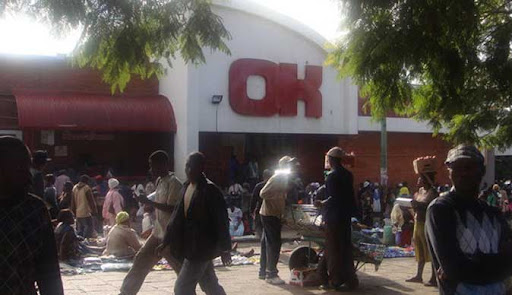
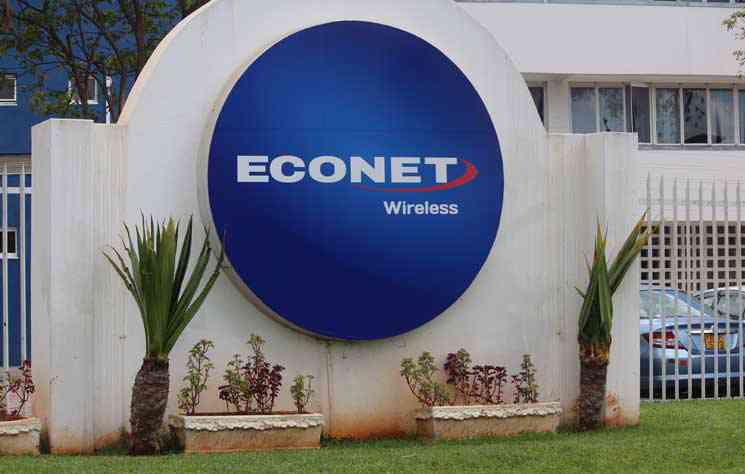

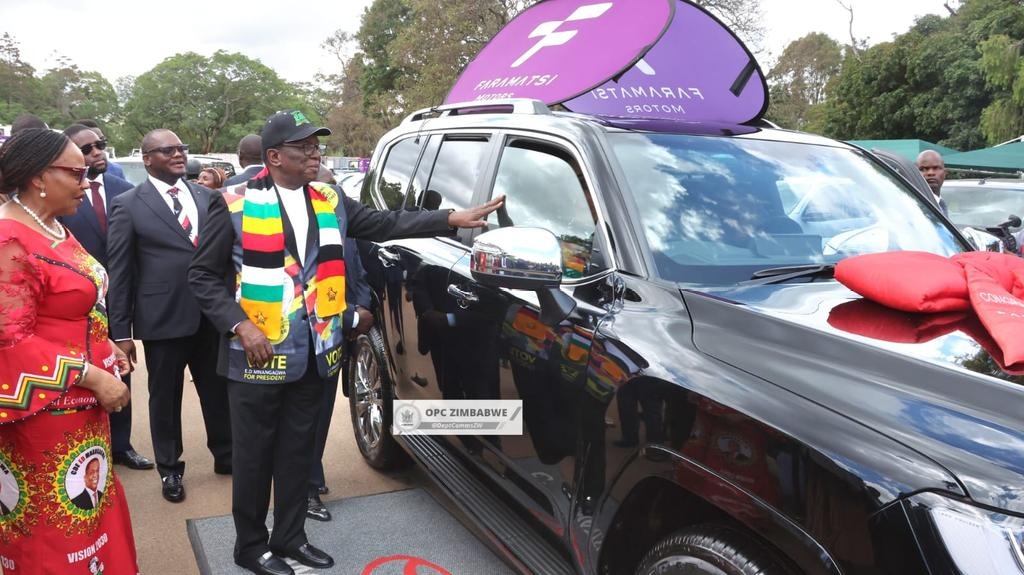
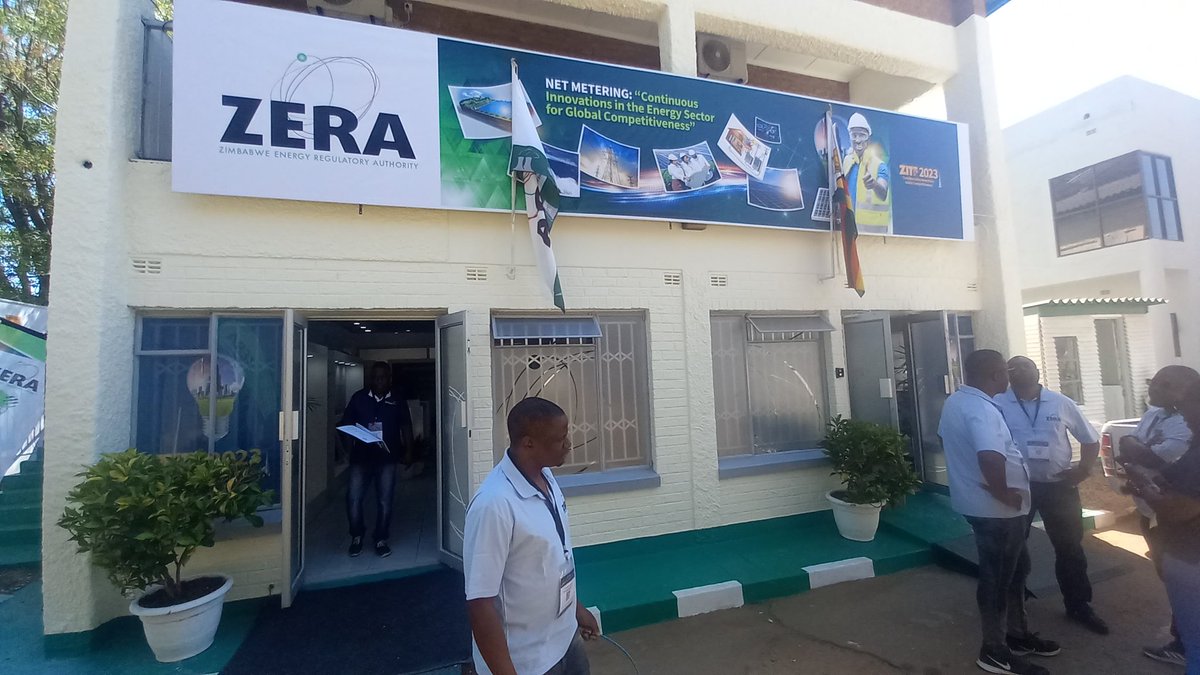


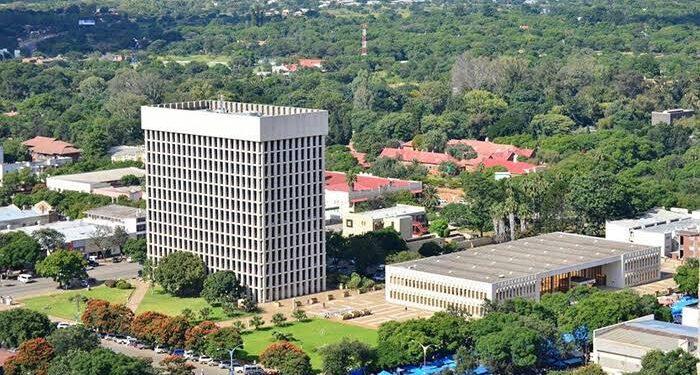



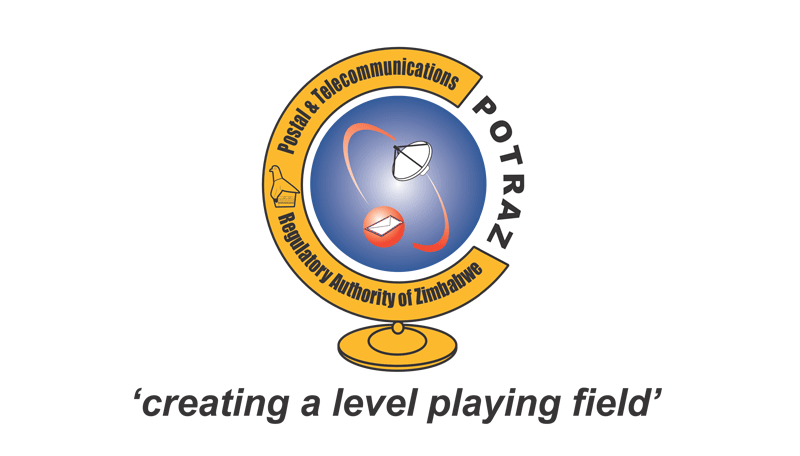
 Young Investment Professional (YIP) Graduate Programme 2019
Young Investment Professional (YIP) Graduate Programme 2019
Editor's Pick